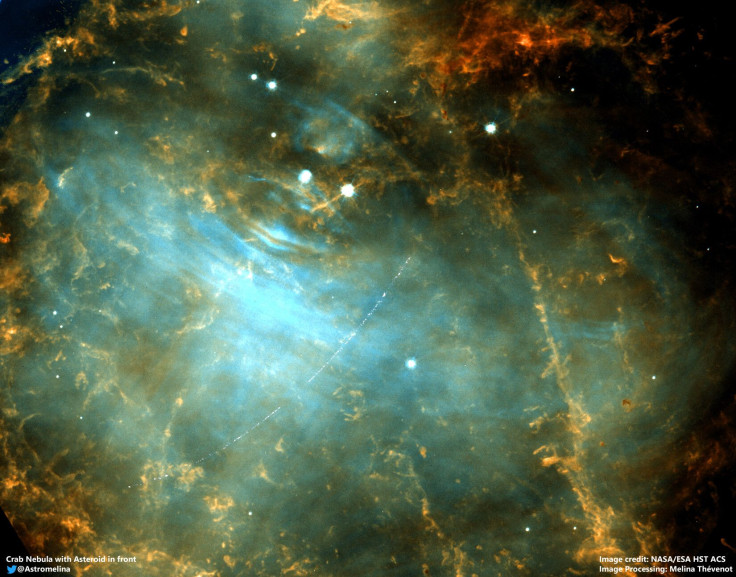ESA, Amateur Astronomers Protecting Earth From Asteroids Using Hubble Photos

The European Space Agency (ESA) has launched a volunteer program that allows amateur astronomers to track the trajectories of asteroids using photos taken by the Hubble Space Telescope. The ESA uses the program to detect dangerous asteroids that could collide with Earth.
Earlier in June, the ESA partnered with the public-research online platform Zooniverse to establish the Hubble Asteroid Hunter program. Through this program, volunteers from around the world can sign-up as one of ESA’s citizen scientists or amateur astronomers.
As part of the program, volunteers go through thousands of photos taken by Hubble. Their main goal is to identify white streaks in the photos, which are actually the imprinted trails of asteroids as they zip across space.
Ever since the program started, almost 2,000 volunteers have signed up. Together, they were able to go through about 11,000 Hubble photos and identify over 300,000 asteroid trails.
According to the ESA, the volunteers’ efforts help the agency in tracking asteroids that might pose a serious threat to Earth. The agency is able to do so by taking note of certain details about the Hubble image such as the date and time when the photo was taken by the space telescope. The ESA also analyzes the direction of the asteroid trails as well as the region in space where they appeared.
“Now that volunteers have perused the platform to spot and mark asteroid trails, it is astronomers’ turn to get to work. Knowing the date and time when the Hubble images were taken, they can use the trails marked in the pictures to infer asteroids’ positions and velocities,” the ESA said in a statement.
“This means they can determine the orbits and future trajectories of known and previously unknown asteroids with greater precision than before,” the agency added.
Using these details, the agency is able to create a projection of the asteroids’ trajectories. This allows the ESA to determine if an asteroid will be on a collision course with Earth in the future.
“This knowledge is especially important for near-Earth objects: precisely determining the orbits of these asteroids can help protect our planet from possible impacts,” the ESA stated.
© Copyright IBTimes 2025. All rights reserved.





















